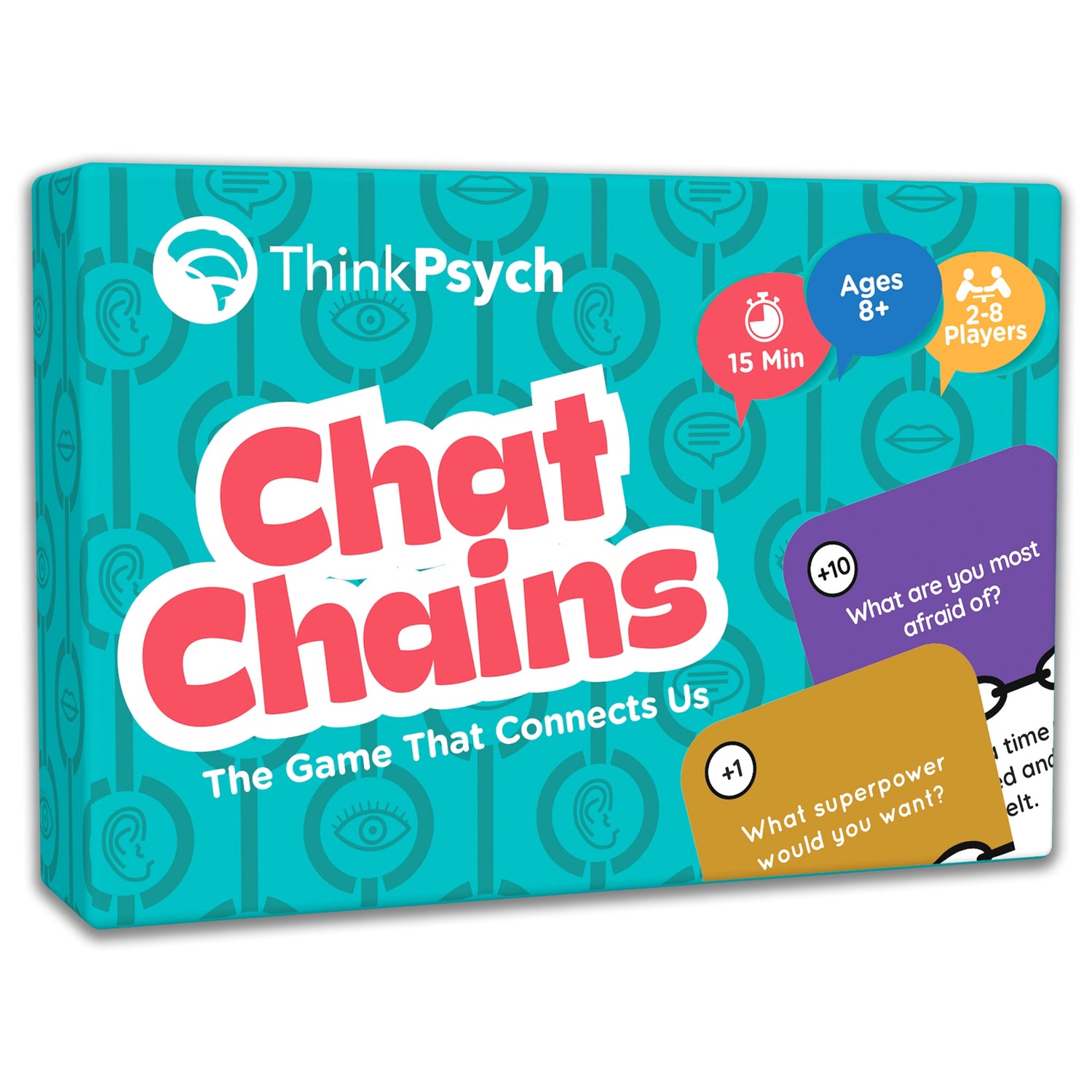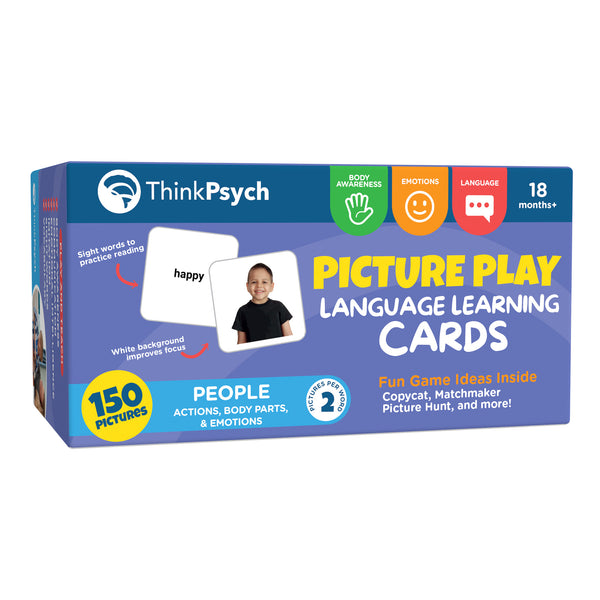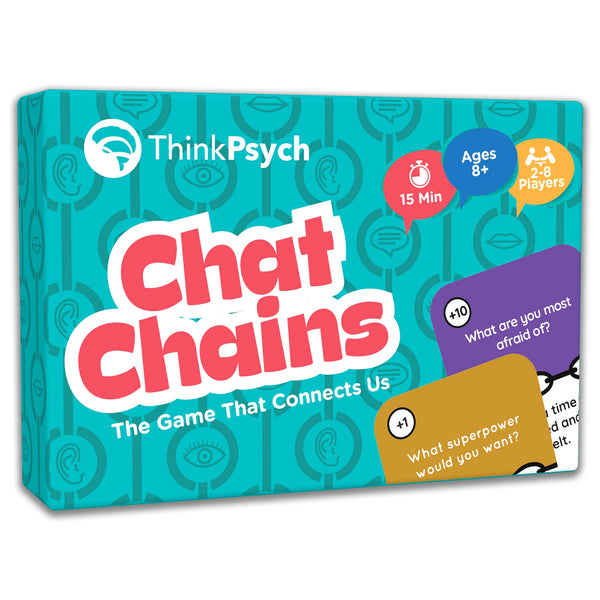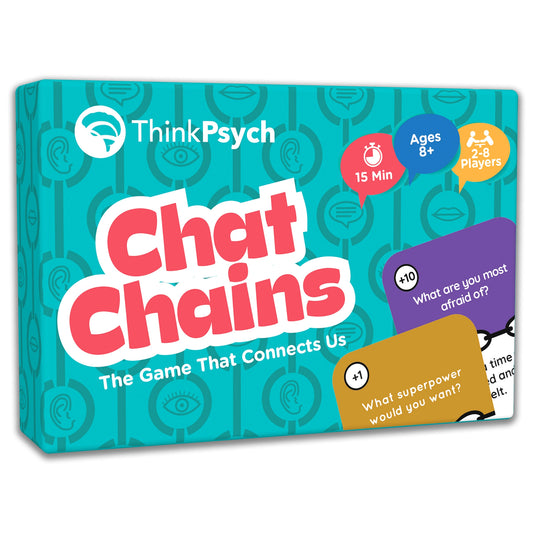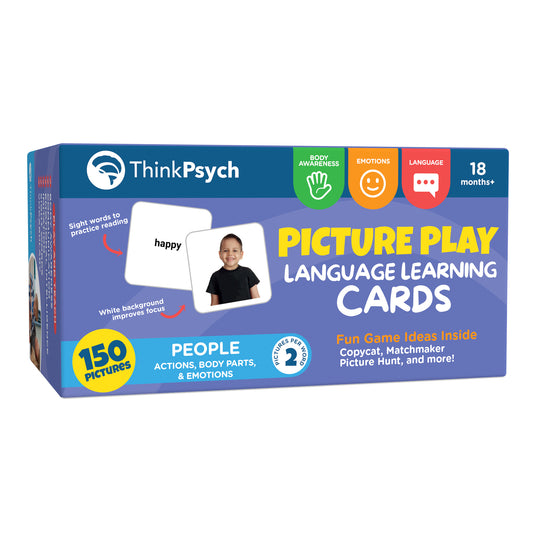
What is Emotional Lability?
Share
All kids have tantrums or crying spells at some point. But if you notice your child is more sensitive than others, gets easily frustrated and has intense mood swings, he/she may be experiencing emotional lability.
Overall, kids with a high degree of emotional lability may display emotions that are out of proportion. If you suspect your child is experiencing symptoms, it’s important to learn how to encourage emotional regulation and get help as needed.
What is emotional lability?
Emotional lability involves exaggerated mood swings. Typically, kids who display it will:
- Get easily frustrated
- Have frequent crying spells
- Display regular temper tantrums
- Express intense emotions
- Switch between moods without warning
- Show exaggerated or inappropriate emotional responses (i.e. uncontrollable laughter)
- Have trouble focusing
- Fidget and be physically restless
Sometimes these emotions or mood shifts appear “out of blue,” making it difficult for kids to control them. It’s also important to note that kids who suffer neglect, abuse or trauma may be more at risk to display these signs.
Triggers of emotional lability
These exaggerated emotions happen when kids are most vulnerable. Some common triggers include:
- Excessive fatigue
- Stress or anxiety
- Too much stimulation
- High-pressure situations
- Other situations that elicit strong emotions (e.g., death, moving, etc.)
As you work with your child to regulate emotions, try to keep these triggers at bay. By removing or processing them, your child may find it easier to manage emotions in the long run.
Causes of emotional lability
This condition can be caused by a variety of disorders, including:
- Mood disorders, such as ADHD, bipolar disorder, or borderline personality disorder
- Post-traumatic stress disorder (PTSD)
- Medication side effects
- Brain damage or neurological illness
However, emotional lability in children may simply be a sign of emotional dysregulation, which may be corrected over time. This is especially true if it’s caused by a traumatic event, such as the grief of losing a loved one.
Customer Favorites From Our Store
Tips to boost emotion regulation in kids
Learning emotion regulation is important for all children, especially those who experience emotional lability. Here are some tried-and-true methods for kids to manage their emotions and better control mood swings.
Take a break
Stimulation can cause your child to feel overwhelmed. Ask your kid to sit quietly and take a break to see if the emotional intensity subsides.
Plan ahead
You can create a safe space for your child by planning ahead and removing potential triggers. If you know your kid becomes upset, frustrated or overwhelmed at certain moments such as at a family gathering, plan to bring some toys or games that he/she can take to another room.
Encourage coping mechanisms
Kids often have a favorite activity that calms them down, such as coloring or playing cards. Encourage your kid to use coping mechanisms like this to manage emotions. You might even teach your child breathing techniques and mindfulness, or pack a “calm down kit” with activities that are relaxing.
Identify and recognize emotions together
Managing emotions starts with being aware of them. Try to talk about characters’ emotions in books or movies, and model expressing your own feelings. (For example, “I spilled my coffee this morning and that made me angry.”)
Bonus: For even more strategies for managing big feelings, check out our complete list here.
Regulate emotions for long-term health
Emotional lability in kids may be a phase, or a sign of a deeper issue. If you notice your child is showing signs, work together to better regulate emotions and reach out for help from a professional if necessary. Over time, your child may be better able to manage his/her emotions and minimize the intensity of emotional lability.
Looking to boost your child’s emotional intelligence? Check out ThinkPsych’s Chat Chains game to practice your kid’s emotional skills.
References:
- Understanding Emotional Lability, ABIOS, https://www.health.qld.gov.au/__data/assets/pdf_file/0030/387534/lability_fsw.pdf
- What Is Emotional Lability?, Verywell Mind, https://www.verywellmind.com/what-is-emotional-lability-5200864
